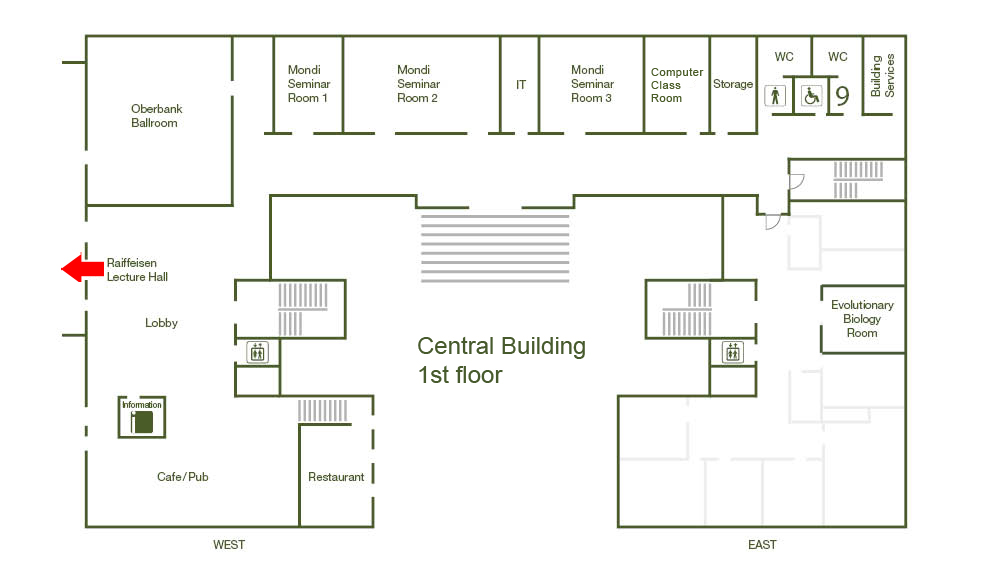The cerebral cortex, a substrate for computing in high dimensional dynamic state space

The cerebral cortex can be considered as a delay coupled recurrent network the nodes of which are feature selective and have a propensity to oscillate. Such networks engage in high dimensional non-linear dynamics that is characterized by oscillatory activity in widely differing frequency ranges and transient changes in correlation structure. Analysis of massive parallel recordings of neuronal responses in cat and monkey visual cortex suggests that the cerebral cortex exploits the high dimensional dynamic space offered by recurrent networks for the encoding, classification and storage of information. Evidence is presented that the recurrent connections among cortical neurons are susceptible to activity dependent modifications of their synaptic gain, which allows the network to store priors about the statistical contingencies of the outer world. Matching of sensory evidence with stored priors is associated with fast transitions towards substates of reduced dimensionality that are well classifiable. In addition the network dynamics allow for the superposition and fast read out of information about sequentially presented stimuli, facilitating the encoding and storage of information about sequences. It is proposed that computations in high dimensional state space can account for the ultra-fast integration of sensory evidence with stored priors, for the sparse encoding of the results of this matching operation and subsequent classification by linear readout.